John Hurrell – 11 January, 2017
With this show, you ask yourself is it really about 'Beyond Landscape' in the sense of being about something else entirely (like mystical presences or digital technology), or is 'Landscape Beyond' more accurate? Are in fact botanical or geological backdrops the main point of interest, and not spiritual forces, geographic location, or digital treatments at all?
Auckland
Danie Mellor, Gavin Hipkins, Jin Jiangbo
Beyond Landscape
17 November 2016 - 28 January 2017
Tying together the photographic landscape practices of an Aboriginal Australian, a Pakeha New Zealander interested in English Neolithic sites, and a Shanghai artist who regularly visits New Zealand, Beyond Landscape investigates digital processes that blend density of detail, a tendency to flatness and copious elements like luxuriant vegetation or ancient monuments. The presented technological procedures straddle cultural, art historical and geographic differences, and in one case attempts to compress periods of time inhabited by spiritual entities.
Although he presents fewer works than the other contributors, Gavin Hipkins has a core work with his nine minute New Age video. When it dwells on the Plain of Avebury and its circle of stone monuments, the haunting images appear solarised, dense with grey texture and high acuity. Spliced in are intermittent images of revolving painted pots (they could represent planets), colour fields, blurred faces and shots of soft jellylike moving paint. The latter possibly refer to ectoplasm because Hipkins’ voiceover quotes from an old spiritualist manual, stating that ‘Spirit identity is a proven fact,’ and asking ‘What answers come to me from the land beyond?’
Hipkins seems to be aligning himself with artists like Dane Mitchell or Olivia Plender, individuals who (as Natasha Conland’s 2007 Mystic Truths exhibition showed) are interested in the paranormal and its sociological and historical impact. He has made an art referent that suggests personal belief in Spiritualism, and a mystical presence dwelling in the land. You don’t get the sense of conceptual distance, that it is an artefact about a historical and community phenomenon.
He has two photomontages as well, mysterious fetishistic images that confront the viewer as if live sentient energies were hovering in their face - using images of floating lace dollies, balloons and discs. They are not creepy but there is an implied sense of the viewer’s gaze being returned, of the photography admirer being watched by vaguely head-like forms, constructed through the simplest of means, but with real presence. The hovering forms are akin to the linear images in The Sanctuary series (2004-5) where necklacelike photograms created a sense of suspended ectoplasm.
Some of Hipkins’ digitally inflected landscape imagery has similarities with that of Jin Jiangbo‘s computer-treated New Zealand landscapes, except the latter has an occasional flatness reminiscent of Chinese scroll painting, plus lots of mist and subtly odd synthetic colours. These works were shown in Starkwhite six years ago, but it is interesting seeing them recontextualised now with Hipkins and Mellor.
Danie Mellor‘s thirteen ‘noncorrerelational’ photographs, like Jin Jiang Bo’s work, are often tondos, and so both have hints of circular Petri dishes, as if the landscape idiom were a creation by cultural, if not scientific forces. Mellor however is more about the dense textural qualities of Australian vegetation, the morphological qualities of leaf and stem shape - rather than showing an interest in landforms. His images are a greyish blue with faint tinges of soft brown at the edges, as if the melancholic image were vaguely corroding at the outer borders. This creates a strong suggestion of ocular instability and ongoing image corruption. The depicted botanical forms themselves are usually angular and spiky; while delicate, they are also menacing.
With this show, you ask yourself is it really about Beyond Landscape in the sense of being about something else entirely (like mystical presences or digital technology), or is Landscape Beyond more accurate? Are in fact botanical or geological backdrops the main point of interest, and not paranormal forces, geographic location or digital treatments at all?
The interwoven cross connections (exploring different tweakings of landform representation) are what keep this ambiguous show vibrant. The parallels and contrasting differences make good foils - far beyond questions of location, geography, botany, metaphysics or technique.
John Hurrell
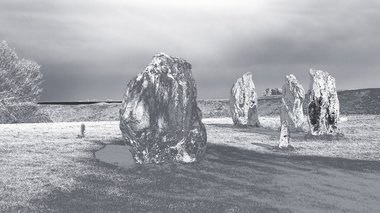
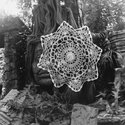
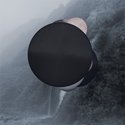
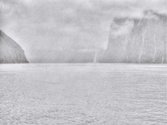
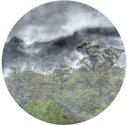
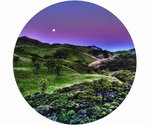
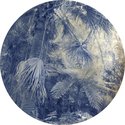
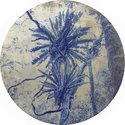
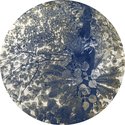
 Advertising in this column
Advertising in this column Two Rooms presents a program of residencies and projects
Two Rooms presents a program of residencies and projects



This Discussion has 0 comments.
Comment
Participate
Register to Participate.
Sign in
Sign in to an existing account.